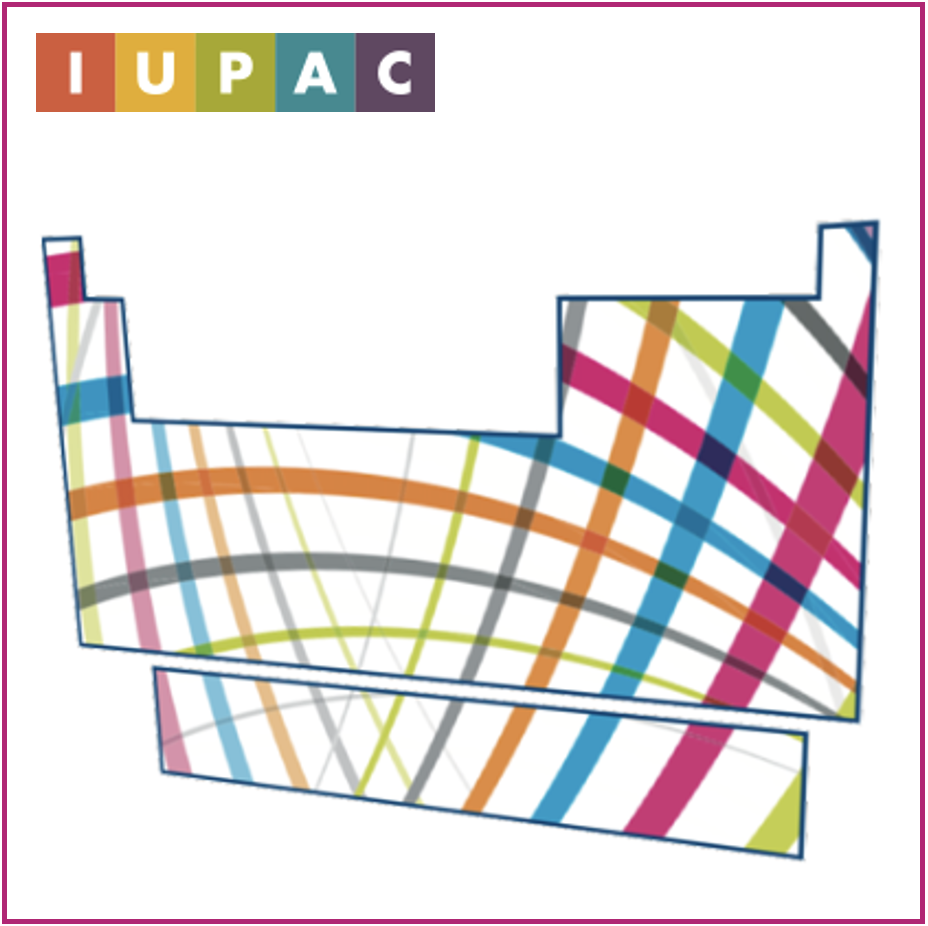 Objectives
Objectives
The objective of this project is to improve understanding of the use of practical work in high school chemistry classes, in particular in relation to the integration of concepts of sustainability. This will be achieved by undertaking a multi-country survey of secondary school chemistry teachers on their utilisation of practical activities, with a focus on green and sustainable chemistry (GSC) and circular economy (CE)-focused practical work.
The survey will be conducted online centrally but in the local language, facilitated by a task group member collaborating with and mentoring local chemistry education researchers and chemistry teacher educators from low- and middle-income countries (LMICs), ensuring the global representation of a project addressing an important issue (IUPAC Strategic Plan). Teachers completing the survey will be invited to be interviewed by the local researcher, to collect contemporary examples of GSC and CE-relevant practical activities. Dissemination will include a project website, regional meetings, research evidence for Masters/PhD research in chemistry education, and symposium presentations at ICCE 2024 and other relevant conferences.
The survey can be accessed here: https://bit.ly/gschemsurvey
Description
Green and Sustainable Chemistry (GSC) and the Circular Economy (CE) are increasingly being addressed in intended secondary school curricula globally. Biopolymers, greener alternatives to household substances, solutions to e-waste and food valorization make for interesting real-world contexts addressing important global issues that secondary school educators can incorporate into their teaching. However, it is not known if and how such integration is being achieved, particularly with respect to hands-on practical activities. A recent special issue in Chemistry Teacher International (Vol 4 Issue 2, June 2022) described a few innovative examples of GSE and CE-relevant practical activities, and it is of great interest to find out whether these and similar activities are actually being implemented, in their country of origin or in other countries, including LMICs that are not usually included in cross-country comparisons. How teachers strive (successfully or not) to fill the GSC/CE gap in their yearly laboratory program will be interesting to many stakeholders, including scientific unions, professional learning providers and curriculum bodies.
This shift to increasing attention to sustainability topics is taking place in parallel with teachers slowly re-introducing hands-on practical activities to their chemistry classroom practice, after severe disruptions due to COVID-19. A further current development is the increasing availability of high quality digital activities that mimic and augment the active learning that can take place in hands-on practical activities. Thus, there is an imperative to form a Task Group to establish evidence of the current implementation of GSC and CE practical activities in the secondary classroom, and the most efficient means to do this is to survey chemistry teachers in individual countries. Establishing evidence of successful examples of GSE and CE classroom practice will be useful for bodies such as IUPAC, specifically for the Committee on Chemical Education to support initiatives aimed at integrating the principles of sustainable development in chemistry education (2022/23 CCE priority).
A secondary, but no less important outcome of this project will be for Task Group members to mentor and support emerging chemistry education researchers and teacher educators from a breadth of countries who will implement the online survey in their own country and in their own language. The survey will end with an invitation for a further interview with the local academic and sharing of examples of practical activities (that will then be made available on the project webpage). Thus, there is the potential here for both the implementation of the survey and dissemination of results to participants (schoolteachers) to build relationships between the chemistry education academics and their local schools. These local emerging academics will also be encouraged to become involved in cross-country academic papers, regional meetings (face-to-face or online – 2023-2025), and possibly ICCE2024.
Progress
As of 1st November 2023, forty-eight countries have committed to implementing the survey in their country. A full list of countries can be seen on the project website (https://eschemistry.org/iupac-survey/). We have stayed with our commitment to make this survey available to teachers in their local language, and as of 1st November, the survey has been translated into twenty-five languages. This does not include multiple versions of the survey in English, Spanish and Portuguese, which are being used in different country contexts.
Each country has one or more ‘country coordinators’, and as such approximately sixty chemistry education academics/researchers are currently engaged with this project. Some of these coordinators are also students taking part in this project as Masters/PhD research in chemical education. These roles are voluntary and unfunded, so we are deeply appreciative of the contribution they have made, including:
- Providing expert feedback and validation on the design of the survey.
- Translating the survey into one or more local languages used by teachers in schools.
- Where required, organising institutional ethics approval to conduct the survey with school chemistry teachers.
- Communicating with schools and national science education/teacher organisations to maximise the number of teachers in your country that complete the survey.
Later on, working with the IUPAC Task group co-chairs, the country coordinators will also be involved in data analysis and research dissemination at national and international levels.
The online, anonymous survey takes approximately 15-20 minutes. Countries have the option to add 2-3 additional questions to the survey, just for teachers from their own country, perhaps aligned with the research interests of the country co-ordinator. This is part of our commitment to use this IUPAC project to support the research agenda of individual chemistry education researchers who might not normally be included in such multi-country studies (of the 48 countries currently involved, 18 are defined as a low- and middle-income country.)
On November 1st, the first ten countries started the survey (Australia, Cambodia, Finland, Kosovo, North Macedonia, New Zealand, Serbia, Slovakia, Spain, Thailand). More will join over the next few weeks/months.
We are still recruiting countries, and in early 2024, we will push to be active in recruiting more countries specifically from (a) Africa and (b) Latin/South America.
David Spichiger, SCS
12.12.2023
